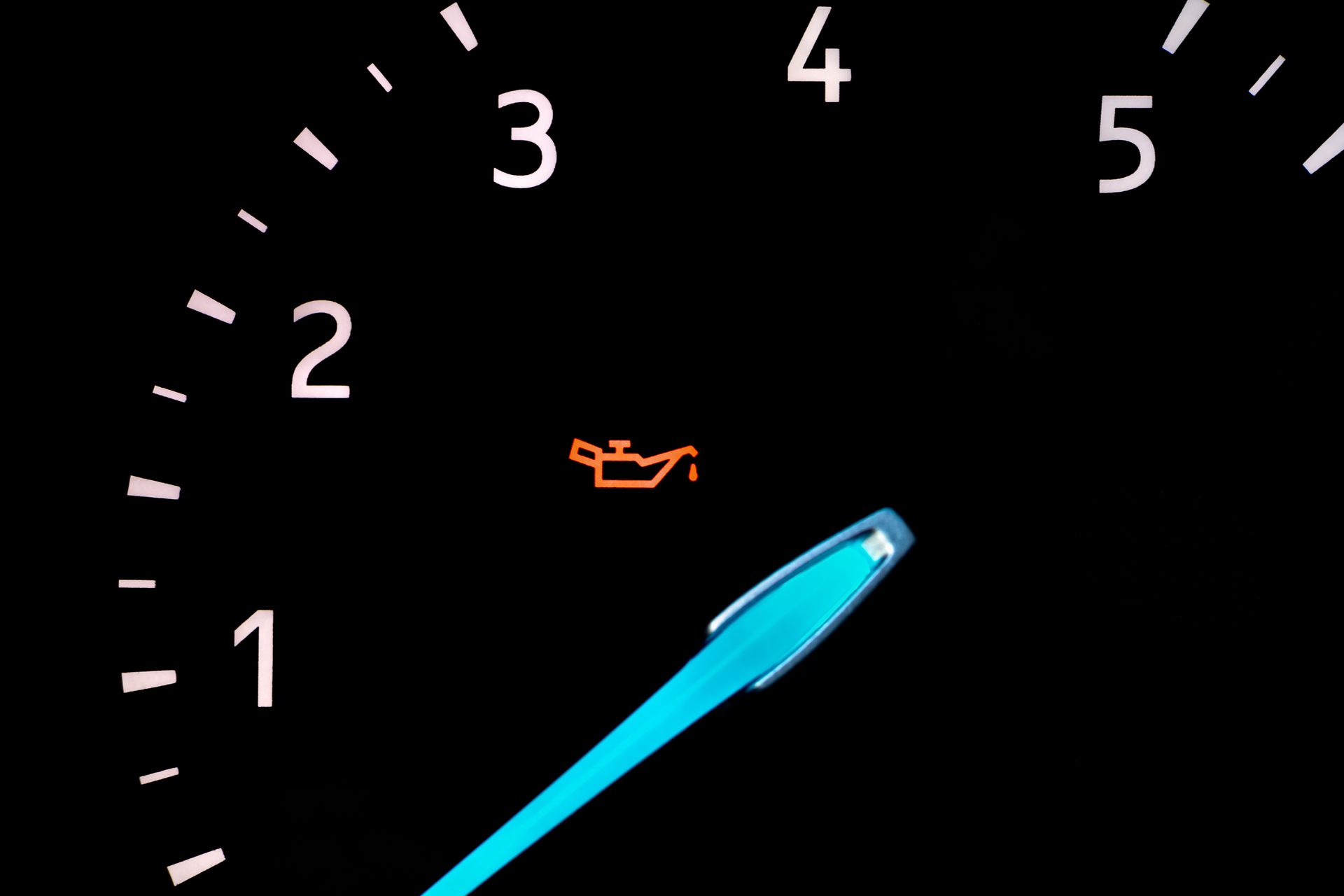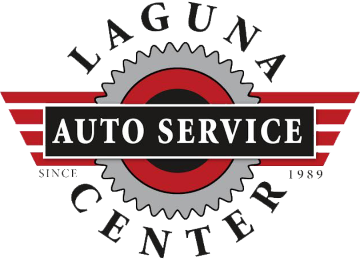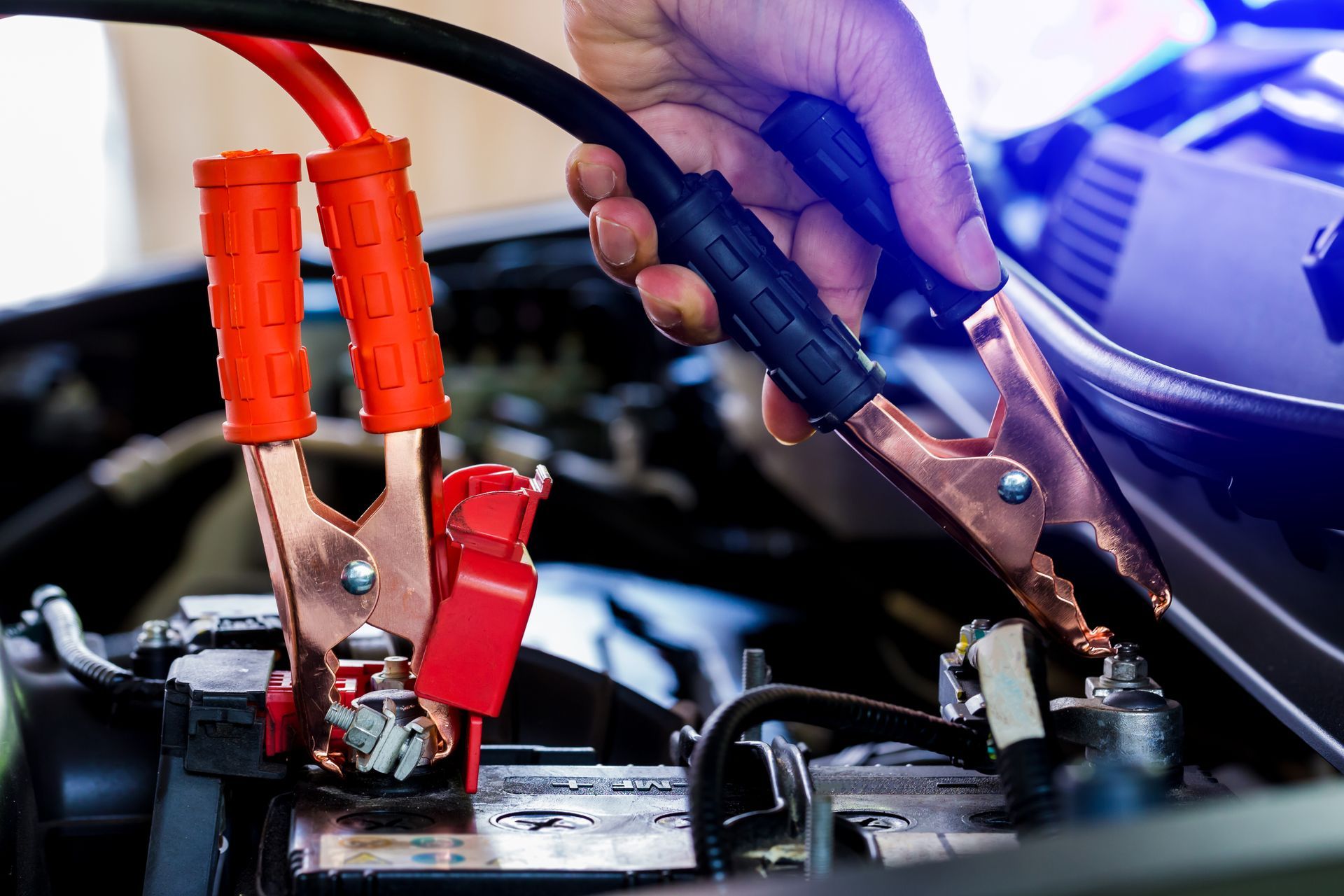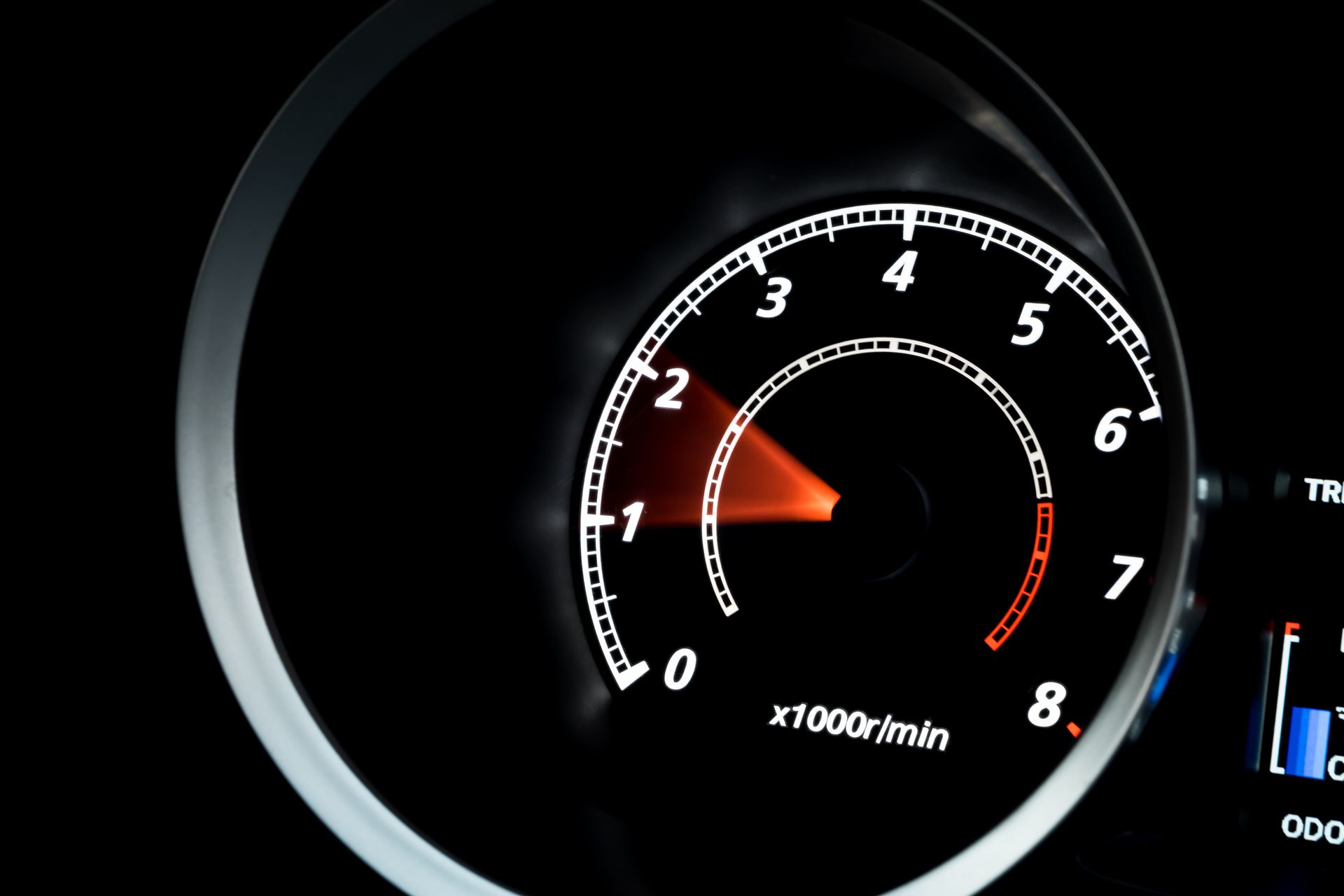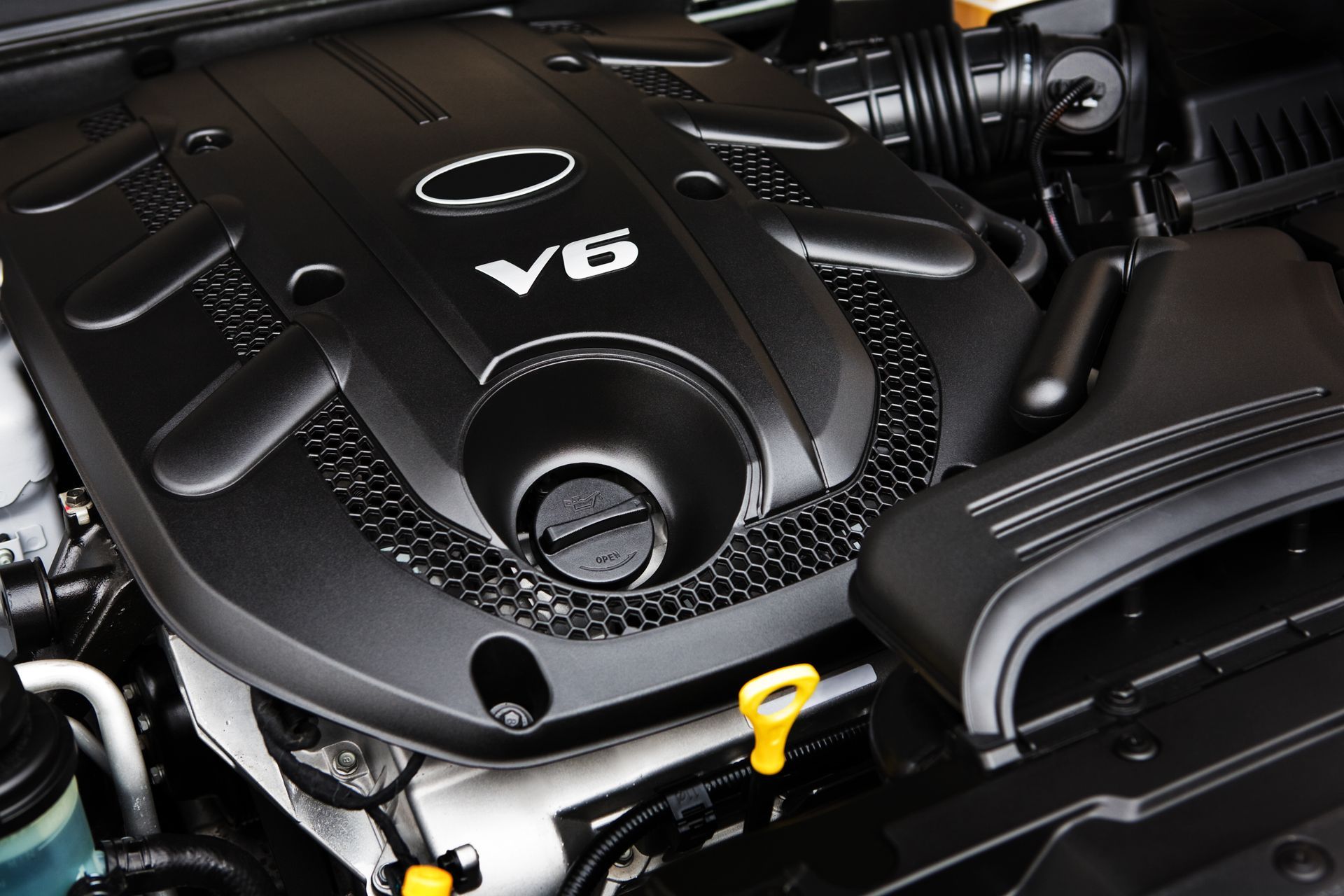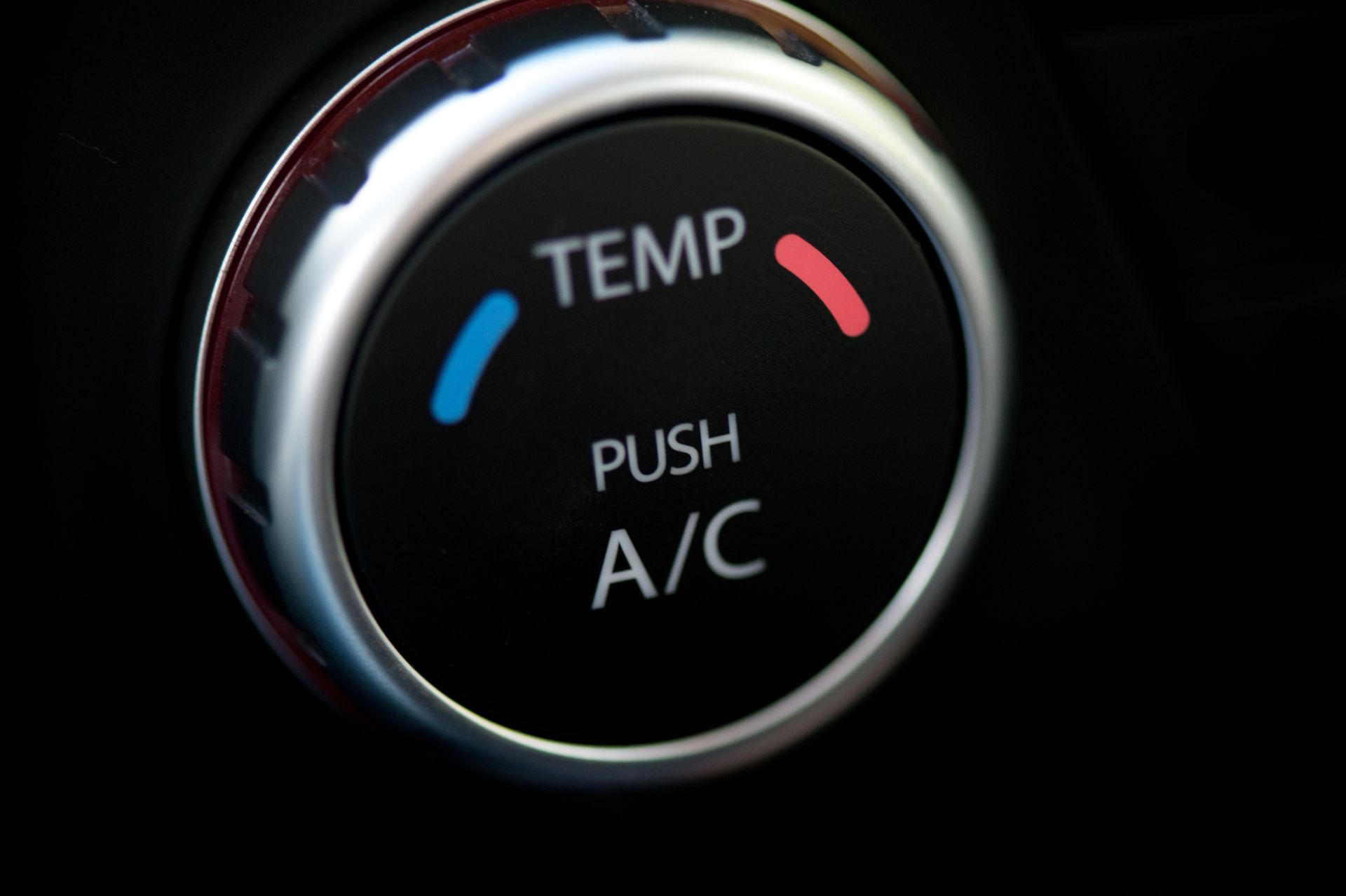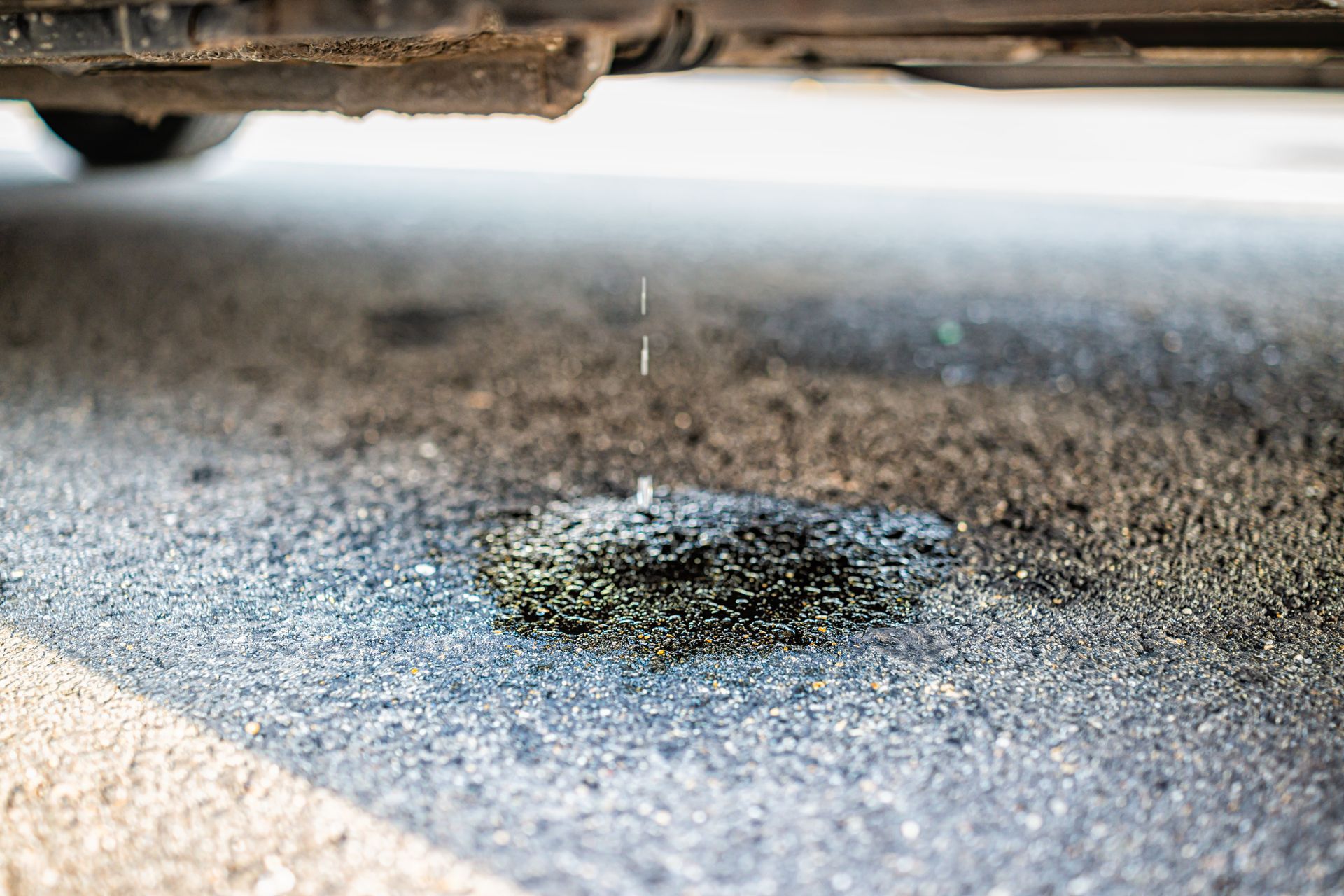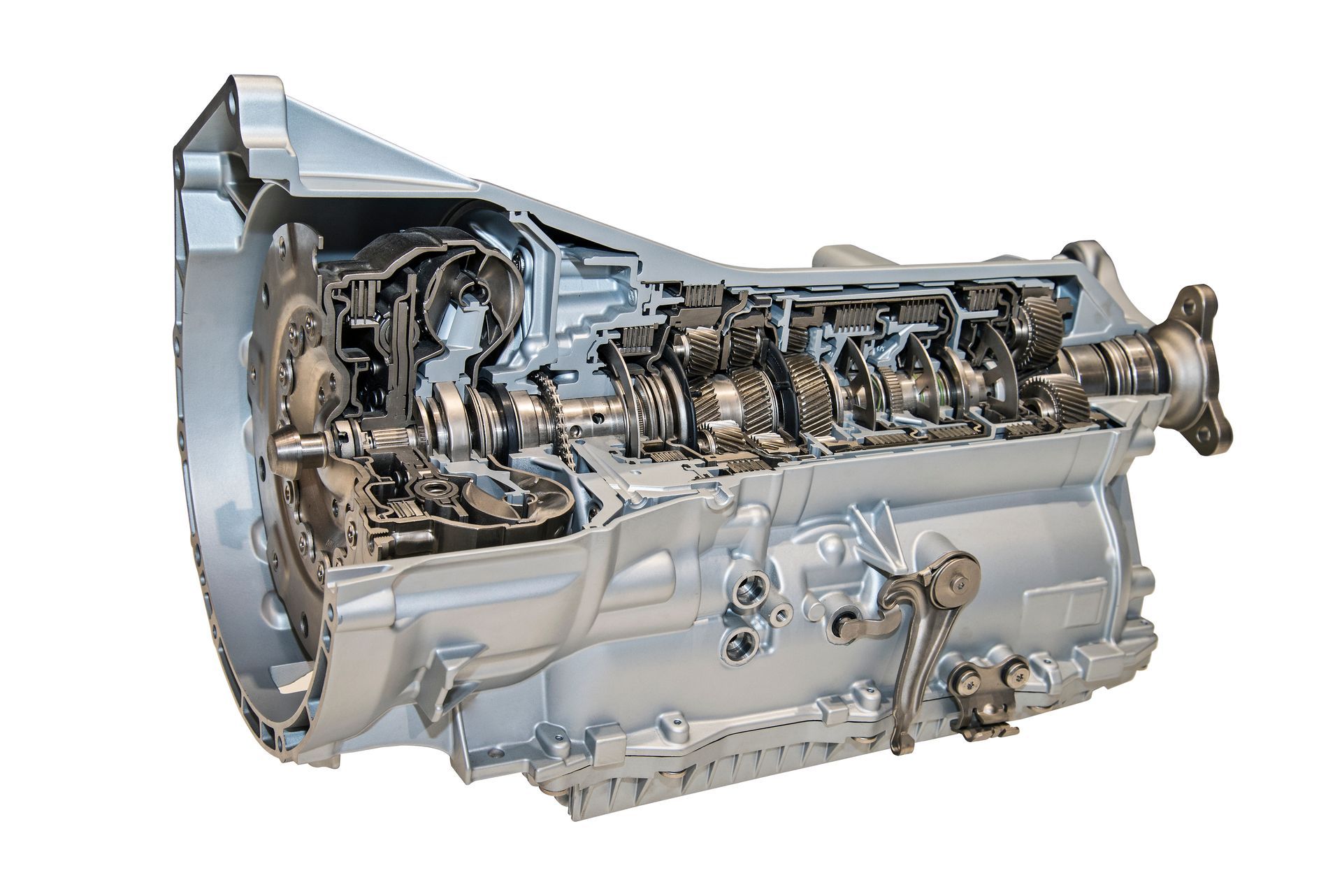Have you ever thought about how you sit while driving? It might seem trivial, but proper seat positioning can make a world of difference in ensuring your safety on the road. Incorrect seat positioning isn't just uncomfortable but can significantly increase your risk of injury in the event of an accident. So, why is correct seat positioning so critical for driving safety?
The Science Behind Proper Seat Positioning
Optimal Control and Response Time
When your seat is positioned correctly, you can reach all the necessary controls comfortably. Your hands should rest naturally on the steering wheel, and your feet should easily reach the pedals without straining. This optimal positioning allows for quicker reaction times in emergencies, enabling you to brake, accelerate, or steer effectively. Imagine trying to swerve to avoid an obstacle but struggling because your seat is too far back; those precious seconds can make all the difference.
Enhanced Visibility
Another key benefit of proper seat positioning is enhanced visibility. You should have a clear view of the road ahead, the mirrors, and all around your vehicle. This visibility reduces blind spots and helps you better anticipate the actions of other drivers. If your seat is too low, you might miss critical details on the road; if it's too high, you might not see your dashboard clearly. Finding the right balance is essential for maintaining situational awareness and avoiding potential hazards.
Reducing Fatigue and Discomfort
Ergonomics and Long Drives
Long drives can be exhausting, but correct seat positioning alleviates the associated discomfort. Ergonomic seating supports your spine and reduces strain on your back and legs. This support is crucial for maintaining focus and alertness on the road. Proper lumbar support and seat adjustments can prevent the aches and pains that come from long hours behind the wheel, ensuring you remain comfortable and vigilant.
Minimizing the Risk of Injuries
Correct seat positioning also plays a vital role in minimizing the risk of injuries. In the unfortunate event of a collision, a properly adjusted seat can help ensure that seat belts and airbags function as intended. If your seat is too far forward or backward, or if the seatback is reclined too much, you might not get the full protective benefits of these safety features. Proper seat positioning helps keep you in the safest position possible during an accident, reducing the likelihood of severe injuries.
How to Achieve Proper Seat Positioning
Adjusting Your Seat
First, start by adjusting the seat height so you have a clear view of the road and the instrument panel. Your hips should be at or slightly above your knees. Then, adjust the seat's distance from the pedals. Your feet should comfortably reach the pedals without stretching, and your knees should remain slightly bent. This position helps maintain better control over the vehicle and prevents leg fatigue.
Setting the Seatback Angle
Next, adjust the seatback angle. Aim for a slight recline, about 100 to 110 degrees, which supports your back and reduces pressure on your spine. Too upright, and you might feel uncomfortable; too reclined, and you lose control and visibility. Your elbows should be slightly bent when your hands are on the steering wheel, promoting a relaxed and controlled grip.
Using Lumbar Support
Most modern cars have adjustable lumbar support. This feature provides additional support to your lower back, helping maintain your spine's natural curve. Proper lumbar support can significantly reduce back pain and fatigue, especially on longer trips.
The Impact of Improper Seat Positioning
Increased Risk of Accidents
Improper seat positioning can increase the risk of accidents. If you're not seated correctly, you might struggle to reach the controls quickly or see the road clearly, leading to slower reaction times and potentially dangerous situations. Poor seat positioning can also lead to fatigue more quickly, impairing your judgment and driving abilities.
Compromised Safety Features
Your vehicle's safety features, like airbags and seatbelts, are designed to protect you in specific ways. If you're not seated correctly, these features might not work as intended. For example, airbags are designed to deploy in a way that cushions you without causing injury. If you're sitting too close to the steering wheel, an airbag can cause more harm than good. Similarly, seatbelts are designed to restrain you in a specific position; if you're out of that position, they might not provide adequate protection.
Don't wait for issues to arise. Visit
Laguna Auto Service Center for professional car maintenance services that extend the life of your vehicle and maintain its peak performance.
